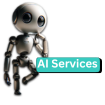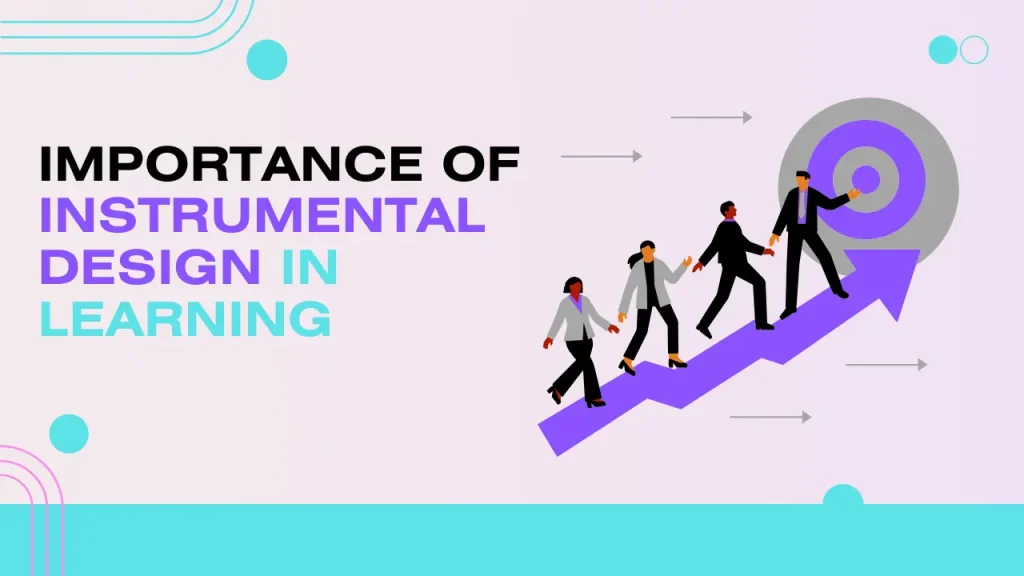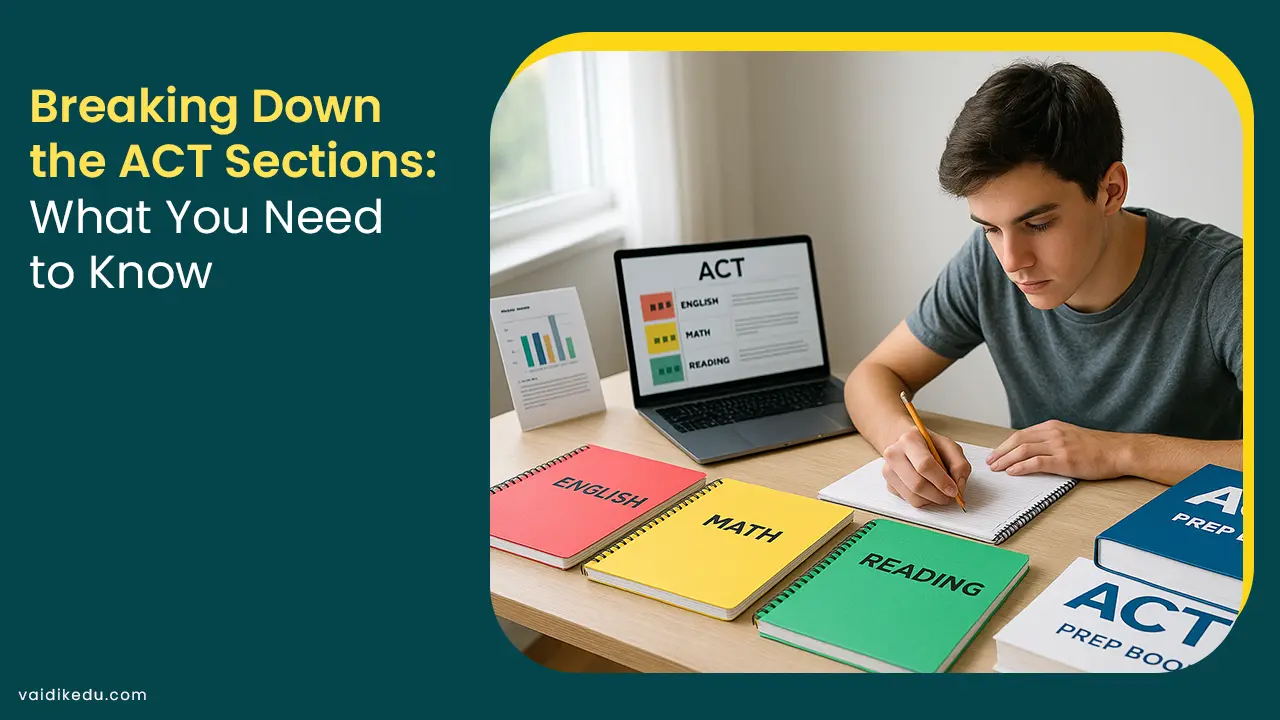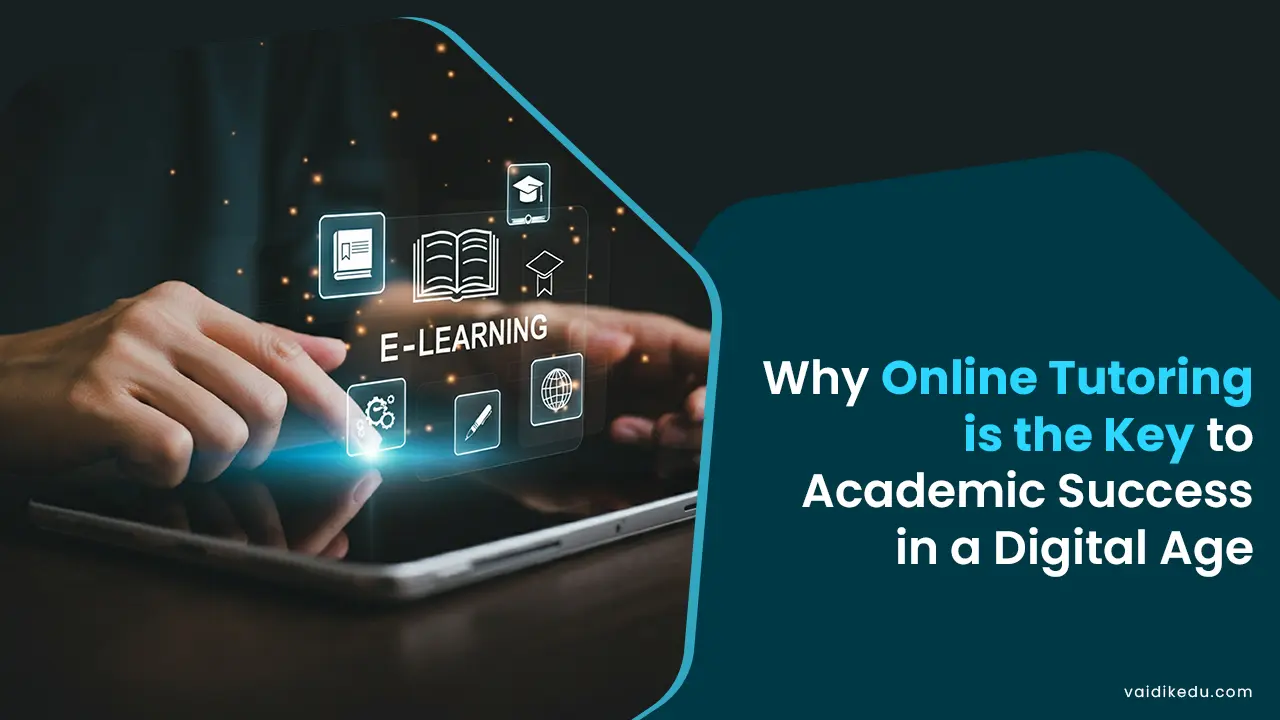In this world, education has evolved from traditional textbooks and lectures to more interactive and creative methods. Instrumental design focuses on creating t ools, technology, and teaching materials that enhance the learning experience for students and the teaching experience for teachers.
This is important in modern education because it helps fill the gap between abstract concepts and practical understanding. This blog explores the importance of designing learning tools. Benefits of designing tools for students and educators and some real usage examples.
Instrumental Design Meaning:
Instrumentation refers to the development and implementation of tools or equipment, such as educational software. Interactive models and physical learning aids to make the learning process more effective and engaging.
These tools are specially designed to facilitate understanding of complex topics by providing learners with interactive and practical experiences.
Let’s understand instrumental design first before exploring its importance. Instrumental design in the learning or education system is a process in which tools, methods, and materials are created so that students get better learning experiences.
These instruments can be physical tools, digital tools, or learning environments.
Physical tools: textbooks and whiteboard
Digital tools: smartboard, e-learning platform, and learning applications (apps)
Due to instrumental design, students find learning more interesting, engaging, and effective.
Importance of Instrumental Design or Creating Tools:
Instrumental design is important in learning for the following reasons:
1.Increase engagement and motivation: The importance of designing learning tools is their ability to make learning more engaging and interesting. Traditional teaching methods, like lecturing or reading from textbooks, were boring because this student did not pay much attention to them, especially in today’s digital age.
Instrumental design can use interactive tools such as multimedia presentations, educational apps, simulations, and virtual reality (VR). All these tools make learning more interactive, interesting, and engaging.
2. Facilitate active learning: instrumental design promotes active learning. This occurs when students engage in activities that promote critical thinking, analysis, and application of concepts. Instead of passively seeking information, design tools to support hands-on learning by combining tools that require interaction between students, such as quizzes and games.
Virtual experiment interaction format encouraging students to participate in the learning process by making instruments promotes a deeper understanding of the material.
3. Support personalized learning: Each student has a unique learning style and pace. Tool design helps educators develop personalized learning tools that meet individual needs. For example, adaptive learning software can adjust the difficulty level of questions based on students’ performance, providing a customized learning experience.
4. Makes complex concepts easier to understand: Some objects include mathematics, science, and engineering. There are abstract concepts that are difficult for students to understand. Design tools simplify these concepts through the use of virtual aids, simulations, and interactive models that provide practical examples.
In biology, 3D models help students understand the structure of cells. The virtual physics lab allows students to experiment with different variables without the limitations of a physical laboratory.
Key Components of Instrumental Design:
An effective instrumental design includes various key components, such as:
- Learning objectives:
➤ It should define the goals for what students should learn.
➤ It should be aligned with curriculum standards.
➤ It should have the flexibility to adapt to different learning paces.
- Content Structure:
➤ The structure should have a logical flow of information.
➤ It should use multimedia to cater to different learning preferences.
➤ The content should avoid information overload.
- Interactivity:
➤ The content should incorporate quizzes, discussions, and hands-on activities.
➤ It should include simulations and scenarios that mimic real-world applications.
- Feedback Mechanisms:
➤ It should include immediate feedback to correct misunderstandings.
➤ It should include peer review and self-assessment opportunities.
➤ Data-driven insights should be present for a personalized learning experience.
- Accessibility and inclusiveness:
➤ The use of universal design principles should be there.
➤ It should have support for multiple languages and cultural contexts.
➤ It should include assistive technologies.
How Can Designing Tools Benefit Educators?
- Facilitates the learning process: using teaching tools, such as automated grading systems and interactive platforms. Teachers can improve their administrative work. This allows them to focus more on content delivery and student interaction.
- Promote data-driven learning: Many educational tools provide information about student performance. It helps educators identify where students are struggling. This allows them to adjust their learning strategies accordingly; for example, if a majority of the class does not answer a quiz, teachers can review that concept.
- Promote participatory learning: Producing tools can also support inclusive education. Tolls such as screen readers, subtitles, and adaptive interfaces allow students with different abilities to participate fully in learning activities.
Real-World Application of Tool Creation in Learning:
1.Flipped classroom: With this approach, students have access to a variety of learning resources outside of the classroom, including articles, videos, and much more. In a flipped classroom, students focus on conversation, problem-solving, and practical exercises throughout class time. In order to give students the tools they need to prepare outside of the classroom, this method mostly focuses on tools.
2. Learning from playing: Gamification, the process of converting instructional material into games, is another illustration of a learning aid. Students who follow this method become more motivated and involved. For young learners and disciplines like language or maths that need regular repetition, this method works well.
3. Virtual laboratories and simulations: Students can conduct experiments in a simulated environment where they can adjust variables and examine results by using the virtual lab. This encourages interactive education free from the constraints of tangible materials.
Challenges of Implementing Tool Design:
Although creating tools has many benefits, there are challenges for educators and institutions to integrate these tools into their curriculum:
1. Cost and access: High-quality educational equipment can be expensive. This limits access to schools with small budgets.
2. Training and skills development: Teachers must be trained to use these tools effectively. This takes time and resources. Lack of adequate training can be a barrier to proper implementation of the tool design.
3. Reliance on technology: Overreliance on digital tools can cause students to miss out on developing traditional skills, such as problem-solving, without the help of technology.
Conclusion:
Instrumentation plays an important role in making modern education more interactive, personal, and accessible. There are some challenges, though, in leveraging tools and technology that help educators create engaging environments that promote hands-on learning. It caters to different learning styles and simplifies complex concepts.
But the benefits of tools to improve the teaching and learning experience are undeniable. As education continues to develop, there is no doubt that education will play a greater role in shaping the future of teaching equipment production.
FAQs:
- What is educational tool making?
Teaching tools and materials such as virtual laboratories and interactive software have been created to enhance learning in tool design. It aims to improve student engagement and understanding by making learning more interactive.
- Why are tools important for educators?
It helps improve learning tasks, promotes data-driven decision-making, promotes collaboration and active learning, and supports an inclusive learning experience.
- What are some real-world examples of instrument production?
Flipped classrooms, game-based learning, and virtual labs are some examples of instrument production.
- What were the challenges in creating the tool?
Challenges include high costs, the need for teacher training, and the risk of over-reliance on technology.









